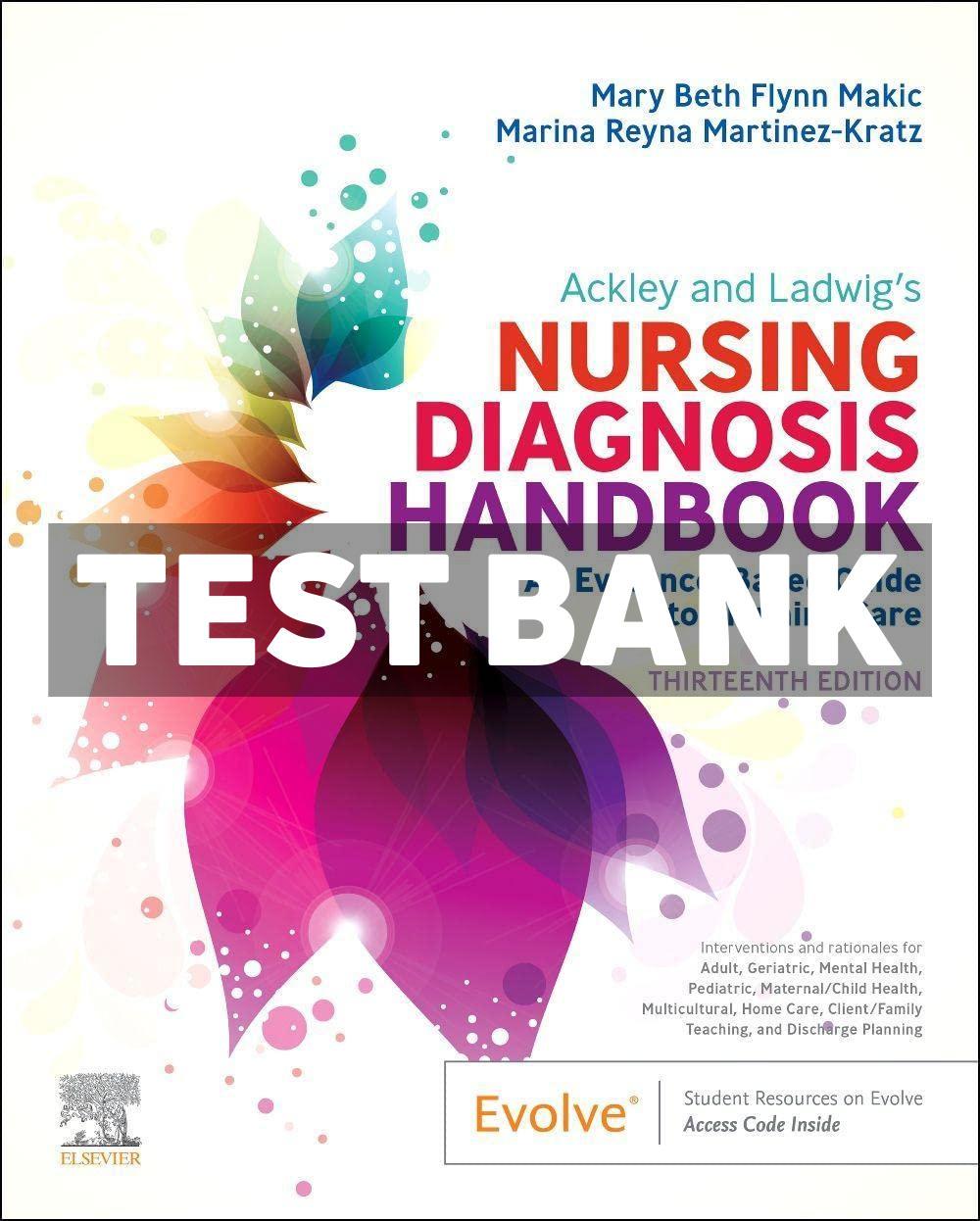

Chronic Pain
Q: A nurse is interviewing a client with chronic pain who does not take any analgesics but rather “pushes through it.” What question or statement by the nurse would be most helpful?
A. “Tell me about any concerns you have regarding treatment for pain.” (Correct)
B. “Why won’t you take anything for your pain? Are you afraid of addiction?”
C. “Pushing through the pain will eventually just make the pain worse.”
D. “Aren’t you afraid you are damaging something by not treating your pain?”
Q: A client is given a new prescription for opioid pain medication to treat chronic pain and is also given prescriptions for a stool softener and stimulant laxative. The client only wants to fill the pain medication prescription. What response by the nurse is best?
A. “Well wait and see if you have constipation, then fill them if you do.”
B. “People on opioid medications have to take medications for their bowels.”
C. “You don’t have to fill any of these prescriptions if you don’t want to.”
D. “Constipation is a side effect of opioids that does not seem to improve over time.” (Correct)
Q: A client with a history of chronic pain is experiencing and exacerbation. The patient needs preoperative teaching prior to surgery. What action should the nurse take first?
A. Treat the client’s pain. (Correct)
B. Plan the teaching session.
C. Assess the client’s learning style.
D. Ask about pain management strategies.
Q: An older client with a history of chronic pain is complaining of severe pain after a fall that caused a femur fracture. What medication would the nurse choose for this client?
A. Meperidine
B. Acetaminophen
C. Lorazepam
D. Morphine (Correct)
Q: A nurse is caring for a client who has a new prescription for an opioid analgesic for cancer pain. The nurse has taught the mechanism of action, side effects and how to manage them, what to report to the provider, and how to take the medication. What other teaching topic does the nurse include as the priority?
A. Other medications that might be prescribed
B. Fears related to addiction to the medication (Correct)
C. Contact information for the prescribing provider
D. How to titrate the medication based on pain
